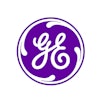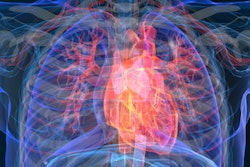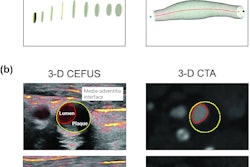Ultrasound use has shifted over the past decade, including whether radiologists, surgeons, or nonphysicians practitioners perform the exams, a study published on December 13 in the American Journal of Roentgenology found.
Researchers led by Casey Pelzl from the Harvey L. Neiman Health Policy Institute in Reston, VA, found that office ultrasound services have been mostly performed by radiologists while hospital outpatient and inpatient services have been performed more by cardiologists and cardiac surgeons. Additionally, nonphysician practitioners have become increasingly present in ultrasound services.
“These shifts may reflect changes in relative utilization of specialty-specific examinations or evolving payment policies favoring reimbursement in certain locations for particular examinations,” Pelzl and colleagues wrote.
Ultrasound has a variety of applications across medical specialties, so much so that its technological evolution and increasing use may be causing shifts in how the modality is being used in clinical practices.
That’s what the Pelzl team wanted to find out. It described shifts in ultrasound use across billing provider specialties and places of service in the U.S. from 2009 to 2021.
The researchers used annual datasets from the Centers for Medicare & Medicaid Services (CMS)/Supplier Procedure Summary within the study period. These summarized all national calendar-year Medicare Part B carrier and durable medical equipment fee-for-service claims.
The share of billed ultrasound services increased for radiologists from 31.6% in 2009 to 34.2% in 2021. It also increased for cardiologists and cardiac surgeons from 35.0% to 38.5%, and for nonphysician practitioners from 0.2% to 0.5%. However, the share decreased for primary care physicians from 8.1% to 4.7% and for other physicians (22.4% to 19.6%).
By setting, radiologists experienced the largest absolute share increase of billed ultrasound services in the office setting from 14.5% to 21.6%, while primary care providers saw the largest absolute decrease from 12.5% to 8.1%.
In the hospital outpatient and inpatient settings, cardiologists and cardiac surgeons experienced the largest absolute share increase, from 22.0% to 35.7% and from 44.8% to 53.0%, respectively. Meanwhile, radiologists had the largest absolute decrease in these settings, from 60.8% to 50.5% for the outpatient setting and from 39.4% to 34.0% for the inpatient setting.
Nonphysician practitioners had the largest absolute increase in share for other places of service, from 63.8% to 76.9%. However, primary care providers saw the largest share decrease from 13.7% to 2.1%. These places of service included assisted living and skilled nursing facilities.
Finally, the team reported that by place of service, the share of billed ultrasound services increased in the hospital outpatient setting from 23.7% to 35.1% in the study period. It also decreased in the office from 50.1% to 42.4% and inpatient settings from 25.1% to 21%.
The study authors suggested that these shifts may be caused by ultrasound’s growing adoption outside the radiology field. They previously evaluated the modality’s use among nonphysician providers over a five-year period and found growing adoption among the practitioners.
The full report can be found here.



















